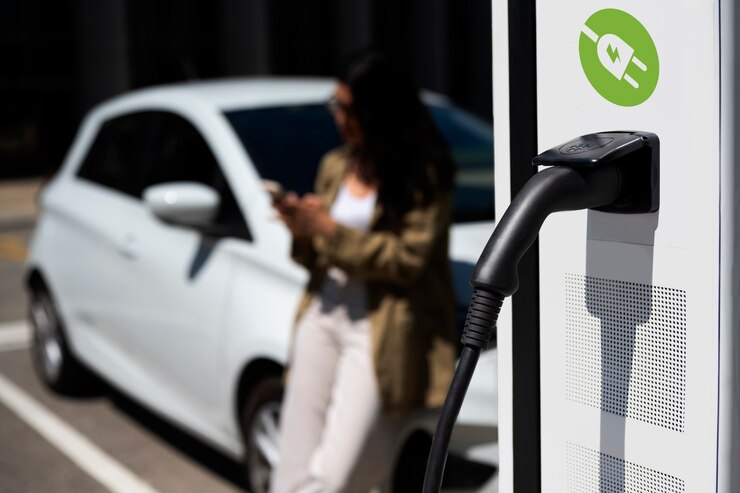
In recent years, the world has witnessed a paradigm shift towards sustainable transportation, with electric vehicles (EVs) taking center stage. Among the various innovations in the EV landscape, the battery swapping policy has emerged as a game-changer. Battery swapping policy refers to a system where electric vehicle (EV) users can exchange depleted batteries for fully charged ones at designated stations. Here, we will delve into what the battery swapping policy entails, explore its key benefits, analyze its potential to generate employment, and gaze into the future to understand its broader implications.
Understanding Battery Swapping Policy
The battery swapping policy revolves around a simple yet revolutionary concept: instead of waiting for your electric vehicle to charge, you can swiftly exchange your depleted battery for a fully charged one at designated swapping stations. This approach aims to address the challenges of long charging times, often cited as a barrier to widespread EV adoption.
Key Benefits of Battery Swapping:
- Reduced Charging Time: One of the primary advantages is the significant reduction in charging time. Swapping a depleted battery for a fully charged one takes minutes compared to the hours required for traditional charging methods.
- Overcoming Range Anxiety: Battery swapping mitigates range anxiety, a common concern among EV users fearing they might run out of power before reaching their destination. With quick and accessible swaps, drivers can confidently embark on longer journeys.
- Cost Efficiency: As technology advances and battery costs decrease, battery swapping has the potential to lower the overall cost of EV ownership. Users can benefit from not having to invest in expensive batteries upfront.
Generating Employment Opportunities:
The implementation of battery swapping stations creates a ripple effect in job creation:
- Station Management: Operating and managing swapping stations require skilled personnel, contributing to job opportunities in station management and maintenance.
- Logistics and Transportation: The logistics of transporting, maintaining, and redistributing batteries between swapping stations will create employment in the transportation sector.
- Manufacturing and Technology: With the increased demand for batteries, there will be a surge in jobs related to battery manufacturing, research, and development, fostering innovation in battery technology.
Future Scope of Battery Swapping:
Looking ahead, the battery swapping policy holds immense potential for shaping the future of electric mobility:
- Mainstream Charging Solution: As technology evolves, battery swapping could become a mainstream solution, transforming the way we perceive and utilize electric vehicles.
- Sustainable Transportation: By reducing dependency on traditional fuel sources, battery swapping contributes to a more sustainable transportation ecosystem, aligning with global efforts to combat climate change.
- Global Adoption: As swapping infrastructure expands globally, it could pave the way for seamless cross-border travel, encouraging a more widespread and interconnected network of electric mobility.
In conclusion, the battery swapping policy stands at the forefront of the electric mobility revolution, offering a glimpse into a future where sustainable transportation is not just a choice but a global norm. As it unfolds, this policy has the potential not only to redefine our approach to EV charging but also to spark economic growth, generate employment, and contribute significantly to a cleaner, greener future.




